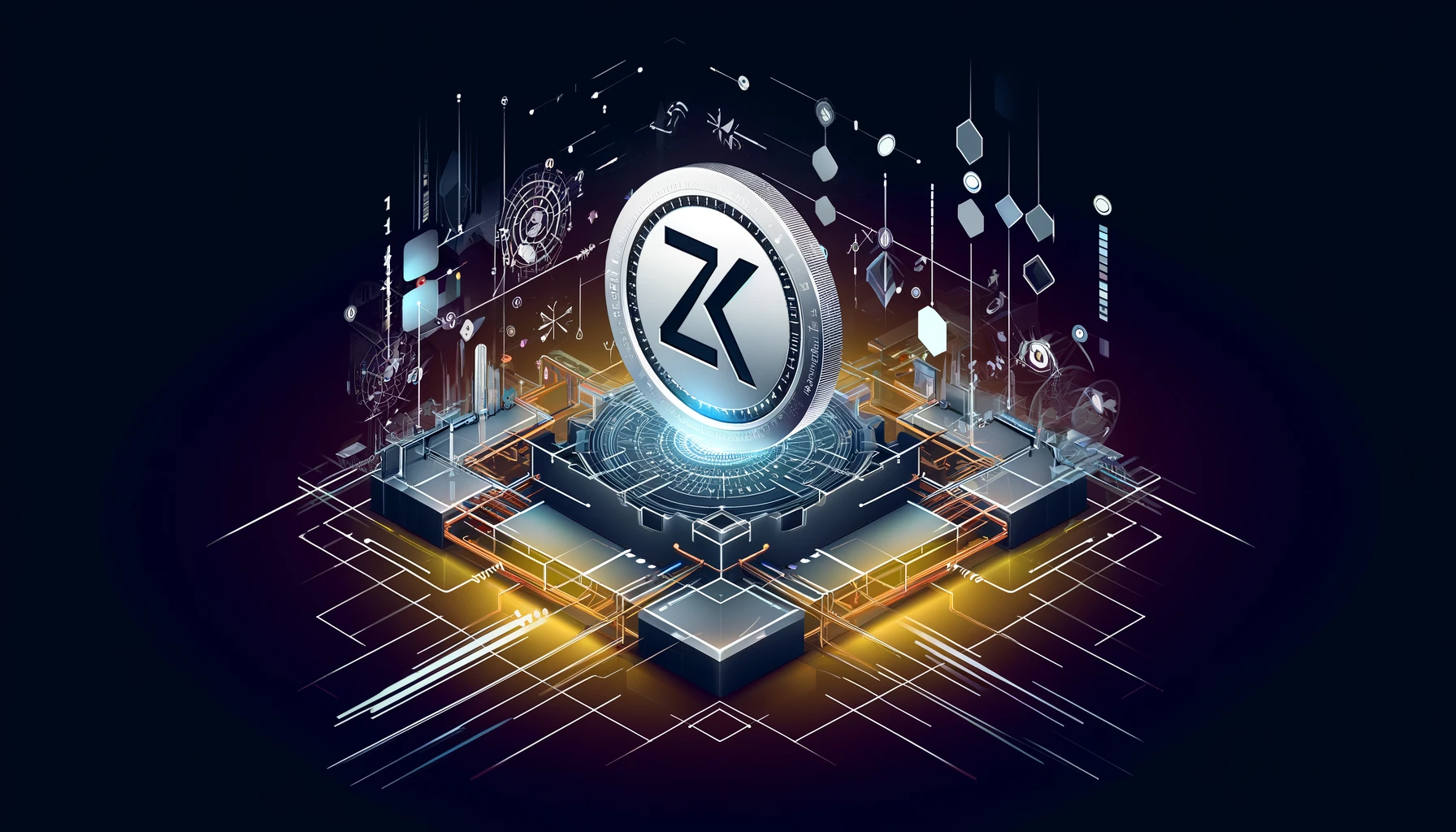ZK Nation has finally addressed the burning questions about the ZKsync airdrop. They explained that real users, who take more risks, might not always qualify. Even if all seven criteria are met, holding a small average amount over time could disqualify them. The formula depends on how much was sent to ZKsync Era and the length of time the crypto assets stayed in the wallet.
Also Read: ZkSync Announces Token Generation Event With a Supply of 21 Billion
Two main ways were outlined to qualify for the airdrop: Users and Contributors. Users made up 89% of the airdrop. They had to bridge crypto-assets to ZKsync Era and meet at least one of the seven criteria. Contributors, who made up 11%, included developers, researchers, communities, and companies that contributed to the ZKsync protocol and ecosystem, regardless of their network usage.
ZK Nation explains the usage-based allocation
According to ZK Nation’s report, the user-based allocation aimed to reward a diverse group of ZKsync Era users. The goal was to find users bridging crypto-assets to ZKsync Era and give them a multiplier bonus for organic behaviors. Such users are likely to become valuable community members.
A wallet’s history across chains reveals a lot. Real users tend to take more risks when they feel part of a community. They explore, try new protocols, and hold speculative assets. Bots and opportunists, on the other hand, play it safe, doing the minimum to extract value.
ZKsync user airdrop allocations were based on a combination of the number of criteria met, the amount bridged and held on ZKsync Era, and a bonus multiplier. Transaction volume alone didn’t impact the allocation size. The result had to be larger than ZK 450 to receive an airdrop. Even if all criteria were met, holding a small average amount or not qualifying for bonus multipliers could mean no allocation.
Also Read: ZKSync Era airdrop is trending, whales taking an unfair share
Value scaling rewards users who put crypto-assets into the ZKsync Era. Allocations are adjusted based on the amounts sent and how long they stayed in the wallet. For instance, an address with $100 sent at the mainnet launch and held since would be weighted more than an address that only puts $100 a month before the snapshot.
ZKsync Lite users get eligibility
To qualify for the airdrop, addresses need to meet one eligibility criterion and be able to bridge crypto to ZKsync. The airdrop focused on ZKsync Era as it’s set to become the decentralized hub for the entire ZKsync ecosystem. ZKsync Lite users could get up to two eligibility points for using ZKsync Lite but still needed assets on ZKsync Era. Users only using ZKsync Lite were not eligible for the user airdrop allocation.

The airdrop was split into user-based (89%) and contributor-based (11%) allocations. Contributor wallets didn’t need ZKsync Era activity. This category included early project builders on ZKsync, GitHub contributors, security researchers, community moderators on Discord, or participants in communities like Degen, Bonsai, Crypto the Game, Pudgy, and Milady.
184 addresses meet eligibility on ZKsync Lite and bridged assets on ZKsync Era without other transactions. These wallets are still eligible for the airdrop. Additionally, 10 test addresses were added for internal quality assurance and testing, and a minimum of 917 tokens were allocated. Once claimed, these tokens will be sent to the burn address.
Cryptopolitan reporting by Jai Hamid





